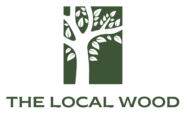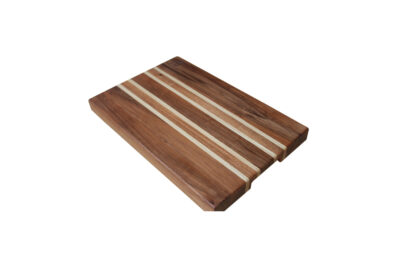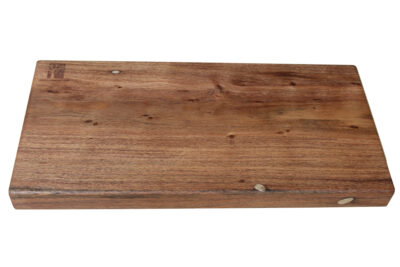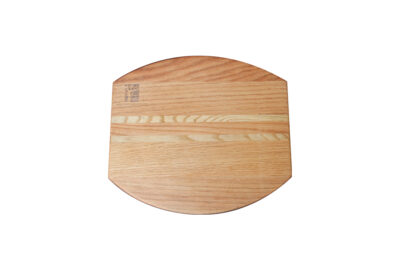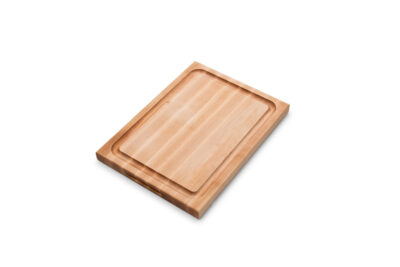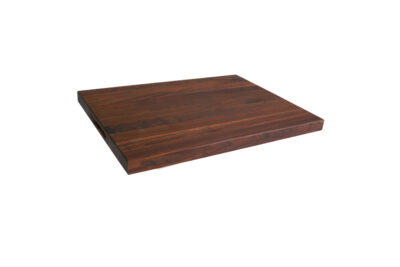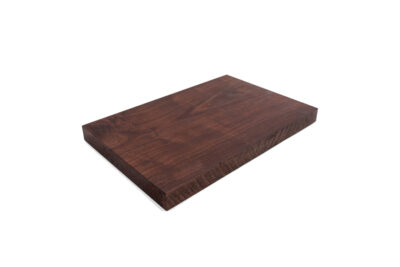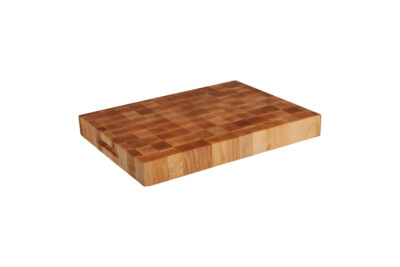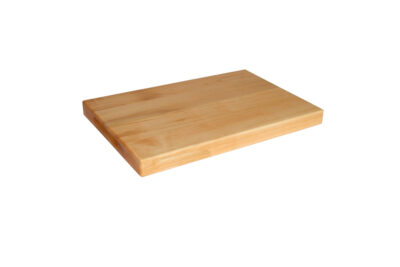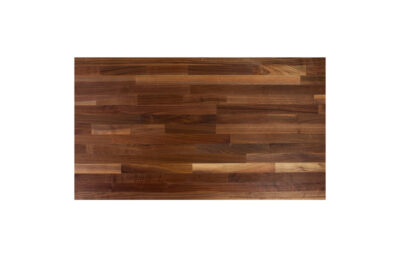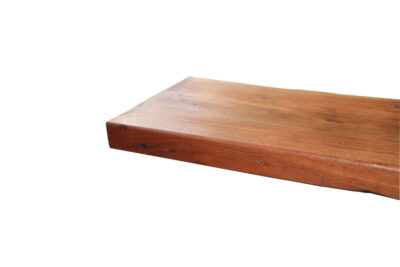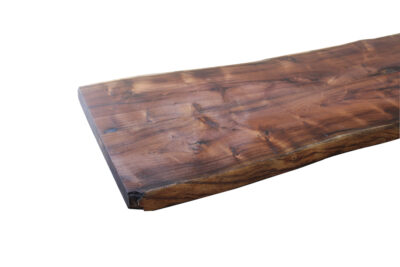large chopping board
A large chopping board, also known as a cutting board, is a flat surface used in the kitchen for cutting, chopping, and preparing food. These boards are typically made of various materials, including wood, plastic, bamboo, or composite materials. The choice of material often depends on personal preference, maintenance considerations, and the type of knives used.
Here are some considerations for different types of large chopping boards:
Wooden Chopping Boards:
Advantages: Wooden boards are durable, provide a natural look, and are gentle on knife blades.
Disadvantages: They require regular maintenance to prevent bacteria growth, and they may absorb odors and stains.
Plastic Chopping Boards:
Advantages: Plastic boards are generally more affordable, dishwasher safe, and easy to clean. They are also less porous than wood, making them less likely to harbor bacteria.
Disadvantages: They can develop knife marks more easily than some other materials, and over time, they may need to be replaced.
Bamboo Chopping Boards:
Advantages: Bamboo is an environmentally friendly option, as it is a fast-growing and renewable resource. Bamboo boards are also durable and resistant to knife marks.
Disadvantages: They may require more maintenance than plastic boards but less than some wooden boards.
Composite or Rubber Chopping Boards:
Advantages: These boards often combine materials like wood and rubber, providing a balance of durability and knife-friendliness. They are also resistant to moisture and easy to clean.
Disadvantages: They can be more expensive than some other options.
When choosing a large chopping board, consider the size that suits your needs, the type of knives you use, and your preferences for maintenance and aesthetics. Regular cleaning and proper care will help prolong the life of your chopping board and ensure a safe food preparation surface.
Showing 1–12 of 13 results
-
Acacia Wood Cutting Board
$99.00 -
Extra Large Chopping Board Maple
$85.00 – $110.00 -
Extra Large Chopping Boards Acacia
$90.00 – $120.00 -
Extra Large Chopping Boards Acacia 50cm x 90cm
$90.00 – $120.00 -
Extra Large Chopping Boards End Grain
$75.00 – $99.00 -
Extra Large Chopping Boards Pine
$40.00 – $50.00 -
Extra Large Chopping Boards Walnut
$95.00 – $120.00
